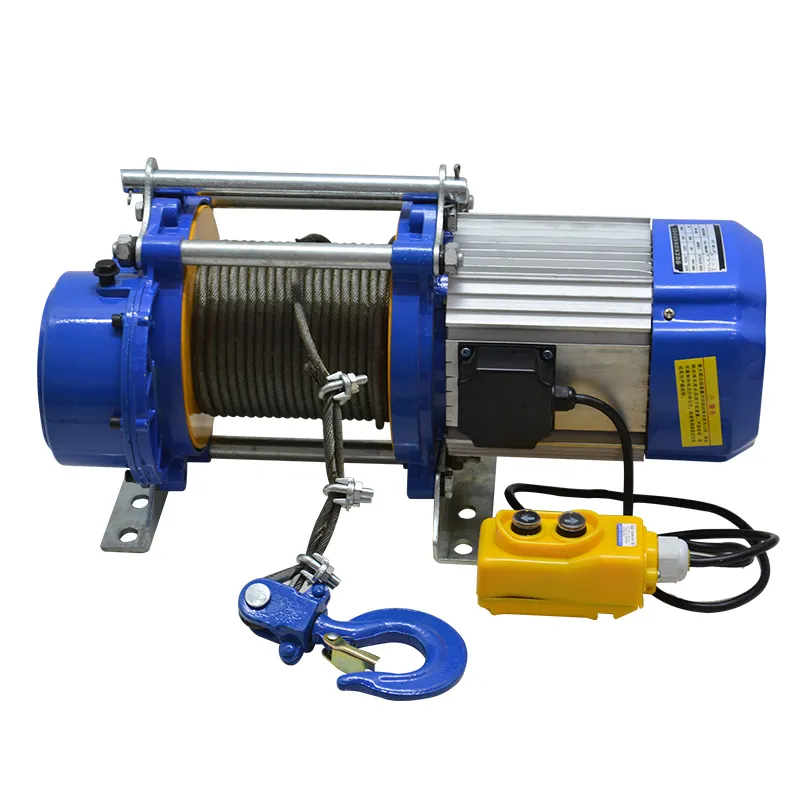


Chain Hoist Design An Overview
Chain hoists are essential mechanical devices widely used in various industries for lifting and lowering heavy loads. Their design focuses on reliability, efficiency, and safety, making them a critical component in construction, manufacturing, and maintenance operations. In this article, we will explore the fundamental aspects of chain hoist design, including their components, operating principles, and the importance of safety features.
Components of a Chain Hoist
A traditional chain hoist typically comprises several key components the chain, lifting mechanism, hook, and frame.
1. Chain The chain is the primary lifting element of a chain hoist. Made from high-strength steel, it features links designed to withstand considerable loads. The quality and coating of the chain are crucial, as they determine resistance to wear, corrosion, and fatigue.
2. Lifting Mechanism This includes the ratchet and pawl, which enable the hoist to lift loads smoothly. The mechanism can be manual or powered—manual hoists rely on the user pulling the chain, while electric hoists utilize a motor to automate the lifting process.
3. Hook The hook is where the load is attached and varies in design to accommodate different lifting scenarios. Safety latches are often included to prevent accidental release of the load.
4. Frame The frame of the hoist supports all components and provides structural integrity. It is designed to withstand dynamic loads and vibrations during operation, and its material, usually steel or aluminum, is selected based on the application.
Operating Principles
Chain hoists operate based on a straightforward set of principles. When the user pulls on the hand chain (in manual hoists), this action drives the lifting mechanism, which raises or lowers the load attached to the hook. In electric hoists, an electric motor provides the necessary power to perform this function.

The gear ratio within the lifting mechanism is crucial as it determines the speed and force required to lift a load. A higher gear ratio means a slower lift but requires less force to elevate heavier items, which is beneficial in scenarios where lifting precision is necessary.
Safety Features
Given the risks associated with lifting heavy loads, safety is a primary consideration in chain hoist design. Several safety features are commonly integrated
1. Overload Protection Many modern hoists include load limiters that prevent the user from exceeding the rated capacity of the hoist. This feature helps prevent mechanical failure or accidents due to overloading.
2. Safety Latches To prevent the load from slipping, safety latches on hooks provide an additional layer of security during lifting.
3. Chain Guards These protect the chain and its components from debris, preventing malfunctions due to contamination.
4. Emergency Stop Mechanisms Electric hoists often have emergency stop buttons or switches that allow immediate cut-off of power in a dangerous situation.
Conclusion
The design of a chain hoist is a complex interplay of mechanical engineering and safety considerations. With the right materials and modern design principles, chain hoists can provide efficient and safe lifting solutions for various industrial applications. As technology advances, the integration of smart features and enhanced materials is likely to improve the performance and safety of chain hoists further, ensuring they remain indispensable tools for heavy lifting in the future. Proper training and adherence to safety standards are equally essential to maximize the effectiveness and longevity of chain hoists in any operational environment.



